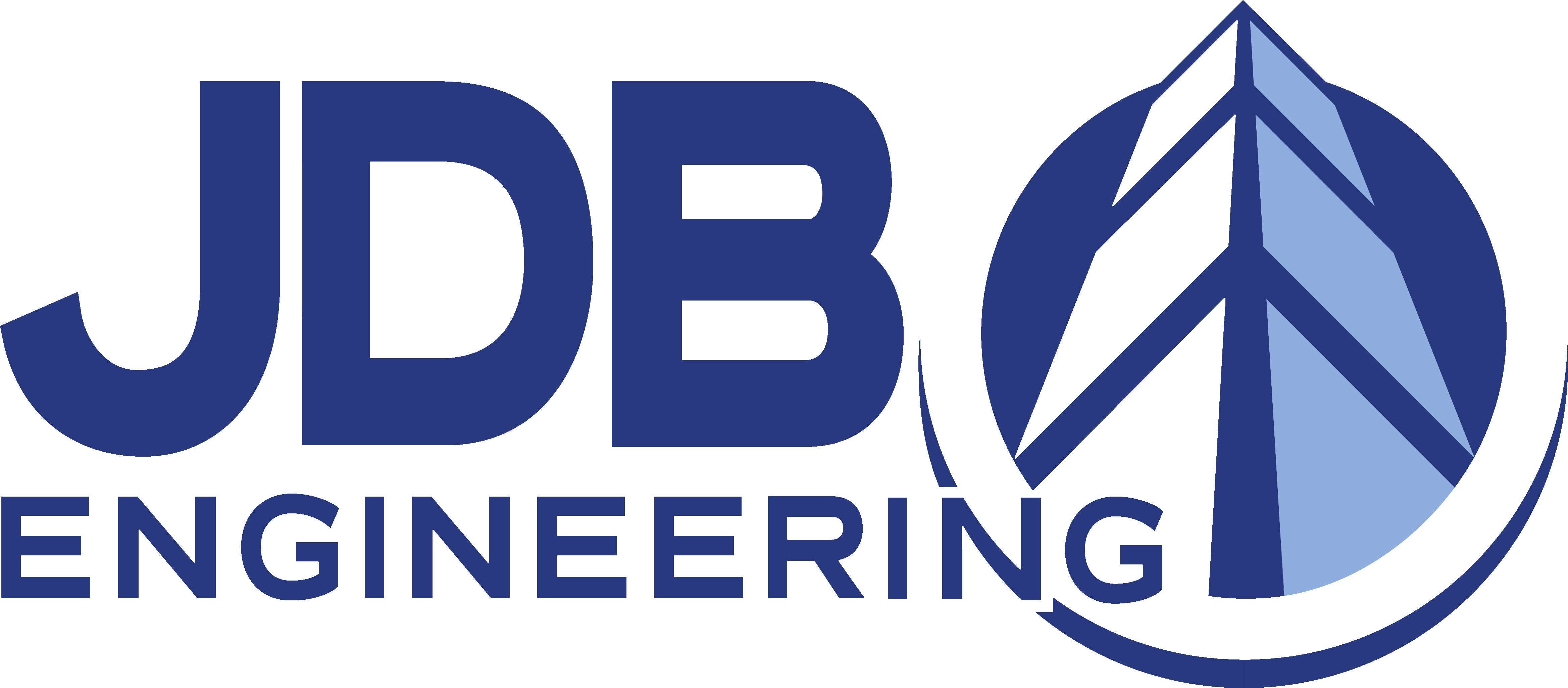By Scott D. Butcher, FSMPS, CPSM In previous posts within the Seller-Doer Tools series, we looked at several techniques that involve limited personal interaction with prospects and clients – content marketing, which takes many forms including blogs, and social media, which is a way to connect with prospects online and create a “virtual network.” We […]
Tag Archives: Business Development
By Scott D. Butcher, FSMPS, CPSM You’ve probably heard the one about the company that got so busy working on projects that they stopped doing business development. And why not? Their phone just kept ringing with new opportunities. But then the phone stopped ringing – that was okay, it seemed, because there was still work […]
by Scott D. Butcher, FSMPS, CPSM In a prior post, we looked at the value of social media and social selling as a business development tool for seller-doers. In this post we’re going to review a related, but totally different approach: content marketing. Sometimes referred to as education-based marketing, inbound marketing, or thought leadership […]
by Scott D. Butcher, FSMPS, CPSM If you’re like most A/E/C professionals, you probably don’t enjoy conducting sales over the telephone, especially if you are prospecting. Yet sometimes you still need to pick up the phone, no matter how much you hate it. It makes sense. Traditional “cold calling” is now considering “interruption marketing,” meaning […]
by Scott D. Butcher, FSMPS, CPSM Seller-doer, doer-seller, closer-doer, rainmaker … these are all terms used to reference a technical professional (architect, engineer, scientist, construction manager, etc.) tasked with bringing in business to his or her firm. We know why this model is important: clients are increasingly demanding it. We know who is typically involved […]
by Scott D. Butcher, FSMPS, CPSM, Vice President / CMO Over the past few years, I’ve had the opportunity to research, write, and present about the seller-doer (aka doer-seller, closer-doer) model of business development. This is a common approach in architectural, engineering, and construction (A/E/C) firms, and typically involves principals, partners, vice presidents, project executives, […]


